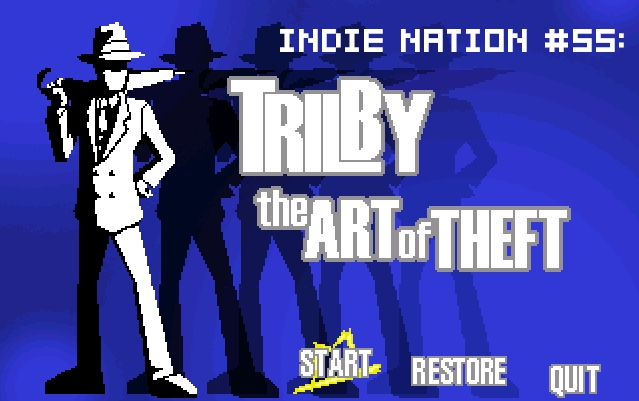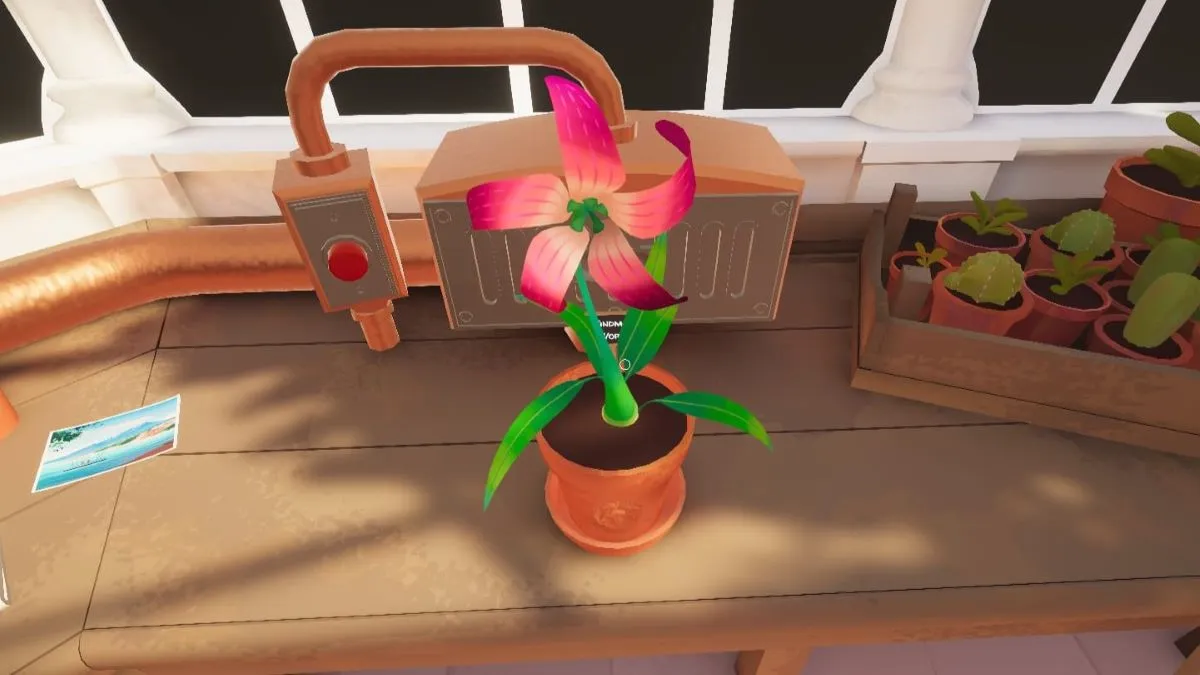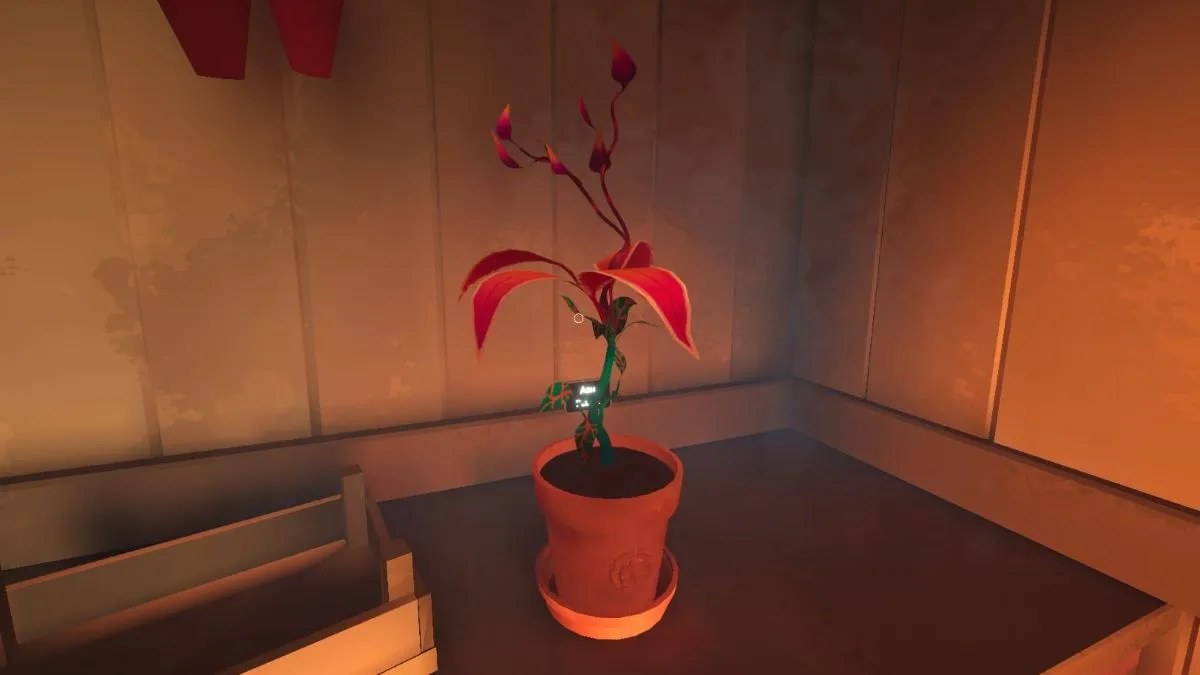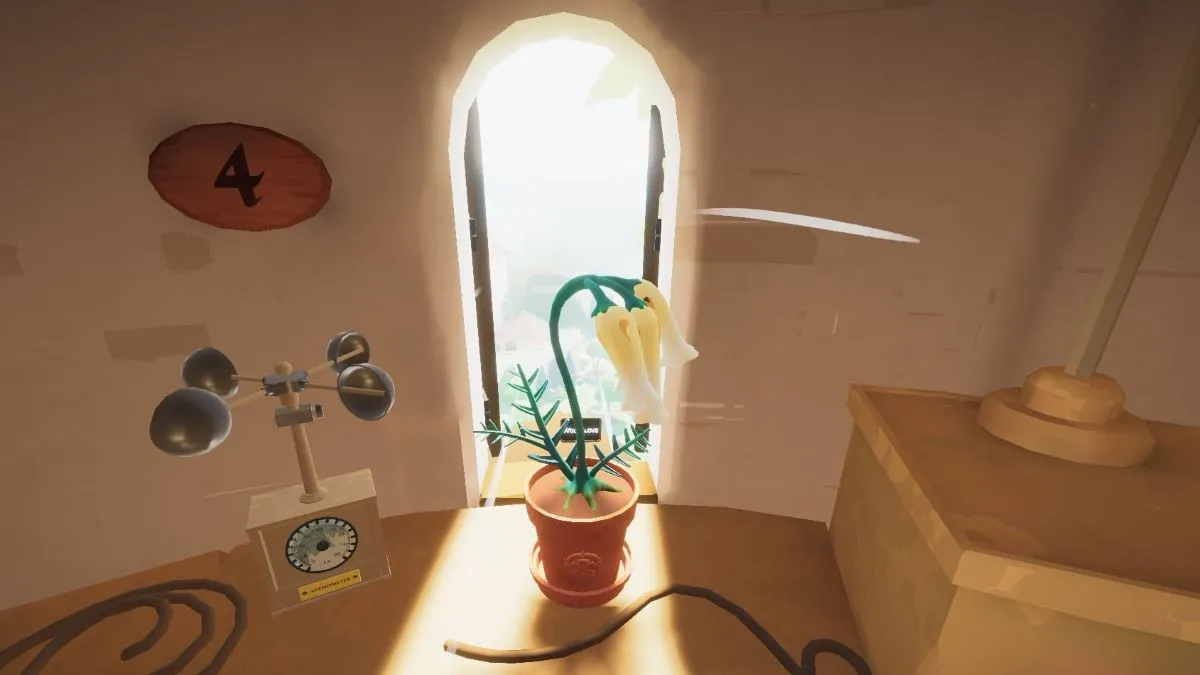Quick — name every stealth game you’ve ever played that didn’t suck. Not the great ones, not your favorites, not the ones that will stand the test of time, but merely the ones which did not suck.
If you’re anything like me, you’re struggling to come up with more than five.
Stealth games, for whatever damn reason, have so rarely been executed with any degree of competency that finding a decent one is a cause for celebration. In this case, my celebration of Trilby: The Art of Theft as one of my favorite stealth games ever may be a little late (Yahtzee released it in November of 2007), but after spending the majority of my downtime in GDC playing Trilby instead of Henry Hatsworth I can’t help but bring it up again.
Trilby is a stealth platformer of surprising cleverness, taking most of the good stuff from the genre (making the player feel a simultaneous sense of powerlessness mixed with remarkable dexterity) and leaving out most of the bad (instant failure upon being discovered, needlessly complex or abstract visibility systems). The upgrade and money systems ooze cleverness, the platforming is tight but still requires strategy, and the sort-of nonlinear level design is on par with the best of the Thief series.
Check it out if you haven’t already, or hit the jump as I continue to gush about it.
I find myself least frustrated by stealth games when they clearly define under what circumstances I, the player, will be visible to enemies. In the first few Metal Gear Solid games, the radar cone gives the player an unmistakable sense of their own visibility to the enemy, at the expense of allowing players to essentially spend the entire game staring at the radar rather than the actual game environment. Splinter Cell‘s light level system focused player attention on the game world itself, but the methods for figuring out where enemies were and whether or not they were looking in your direction required such forethought and strategy that lousier players (in other words, myself) could easily be spotted by enemies they didn’t even know existed.
Trilby represents a happy medium between the two. Immediately, the player is told that there are three light levels: total darkness, total visibility, and a midpoint between the two where Trilby is invisible if he hugs up against the wall. These different light levels are clear and immediately visible in the game world thanks to the environmental art, in addition to an unobtrusive HUD icon that can be quickly glanced at before returning one’s attention back to the actual game. All enemies can see infinitely in whatever direction they’re looking at, so proximity is irrelevant in judging whether or not you can be seen — the player is asked to focus solely on the light levels and what direction the enemies or cameras are looking at. If it sounds incredibly simple, it is. That’s why it works.
Everytime I got caught in Trilby, I immediately understood why, and accepted full blame for my failure. Everytime I did something well, it similarly felt like my victory, rather than the feeling of uncertain celebration I tend to feel after completing a level in Thief where half of me feels like I survived because of my skill, while the other half is worried that I just happened to get lucky that the bad guys just happened to move where they did, when they did, without turning around.

The core stealth mechanics are sweetened with a host of ability upgrades, each unlocked by earning enough reputation points through stealing optional items, successfully disarming security, and generally not-sucking. In addition to the more boring incremental upgrades like “make safecracking easier,” the player can equip Trilby with some truly worthwhile platforming moves that can completely change one’s strategy for any particular level. Even though the entire game only has seven or eight levels, their nonlinear designs which account for every possible platforming strategy make them way more replayable than one might initially assume. Sure, you got through the first mission with relative ease before you had the ability to unlock level 2 doors and roll through crawlspaces, but why not try again now and completely ace it? As a character, Trilby’s perfectionism ends up being remarkably infectious when combined with his unlockable extra costumes and the fantastic level design. Though I’m relatively sure I’ll never reliably be able to get a Trilby Hat ranking on every level, I still, occasionally, feel the itch to try.
Also, it’s a platformer that runs on Adventure Game Studio, which I didn’t even know was fucking possible. In case you needed any more reason to hate and envy Ben Croshaw, consider the fact that he’s not only an incisive and entertaining game critic, but also a surprisingly good programmer and designer and pixel artist. He also did all the voice work in the game, which hilariously results in guards who squeal, “Oh, God” or “Hey you!” in Yahtzee’s unmistakable accent.
Ultimately, Trilby: The Art of Theft isn’t just a great indie game, it’s a fantastic stealth game in general. If you don’t like stealth games, Trilby may be the game to convince you otherwise — if you do like them, Trilby will remind you why you dig them in the first place.




